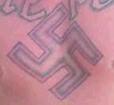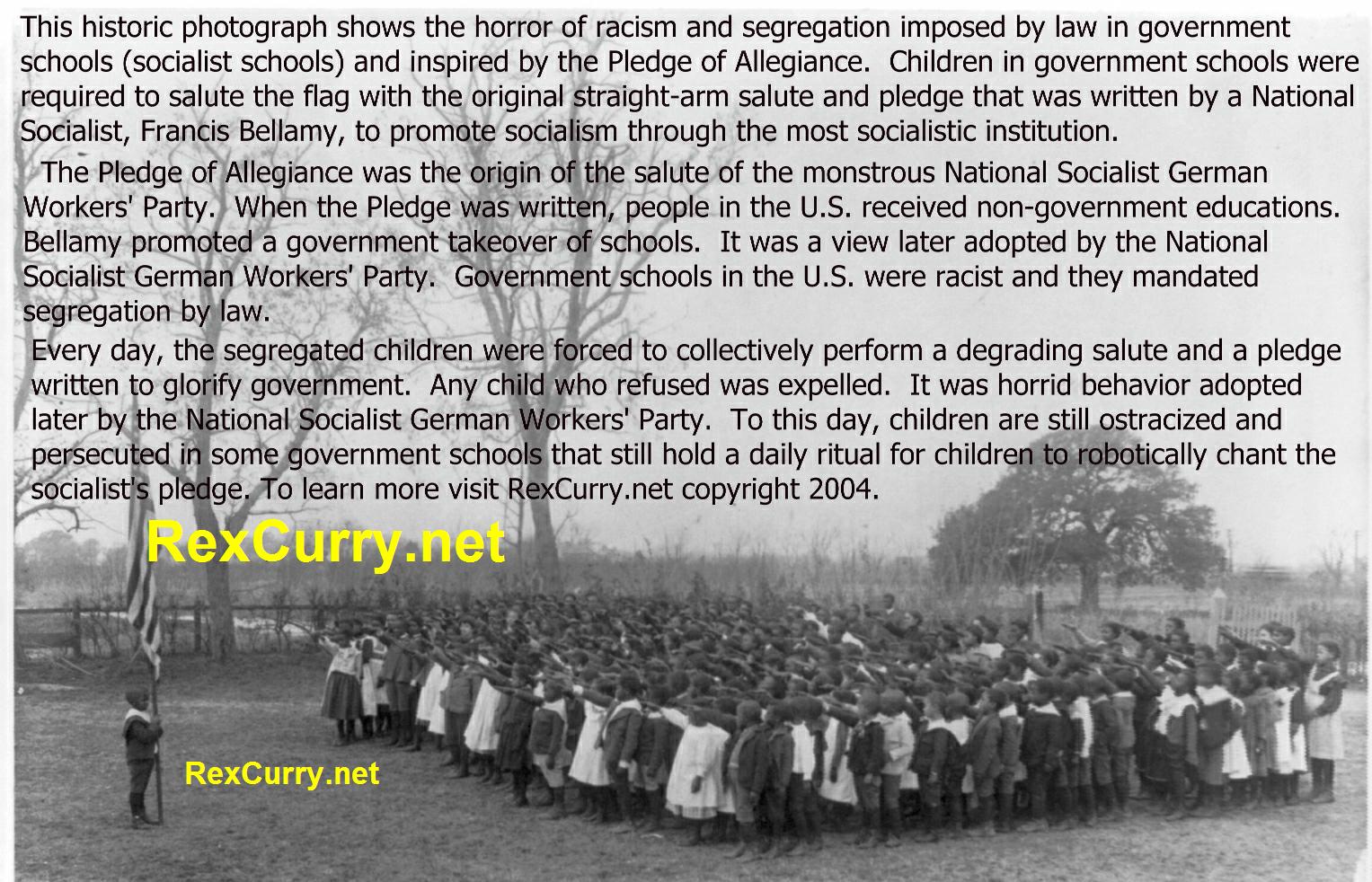
|
The Pledge
of Allegiance is a reminder of similar Police-State tactics
and obsessive Gestapo behavior under the Nat'l Socialist German
Workers Party. http://rexcurry.net/book1a1contents-pledge.html The swastika, although an ancient symbol, was also used to represent "S" letters joined for "socialism" under the National Socialist German Workers Party (Nazis), similar to the alphabetical symbolism for the SS Division, the SA, the NSV, and the VW logo (the letters "V" and "W" joined for "Volkswagen"). http://rexcurry.net/bookchapter4a1a2a1.html |
The
Pledge of Allegiance was the origin of Adolf Hitler's "Nazi" salute under
the National Socialist German Workers Party (Nazis). http://rexcurry.net/pledge7.html
Francis Bellamy & Edward Bellamy touted National Socialism in the USA decades before their dogma was exported to Germany. http://rexcurry.net/police-state.html |
||




